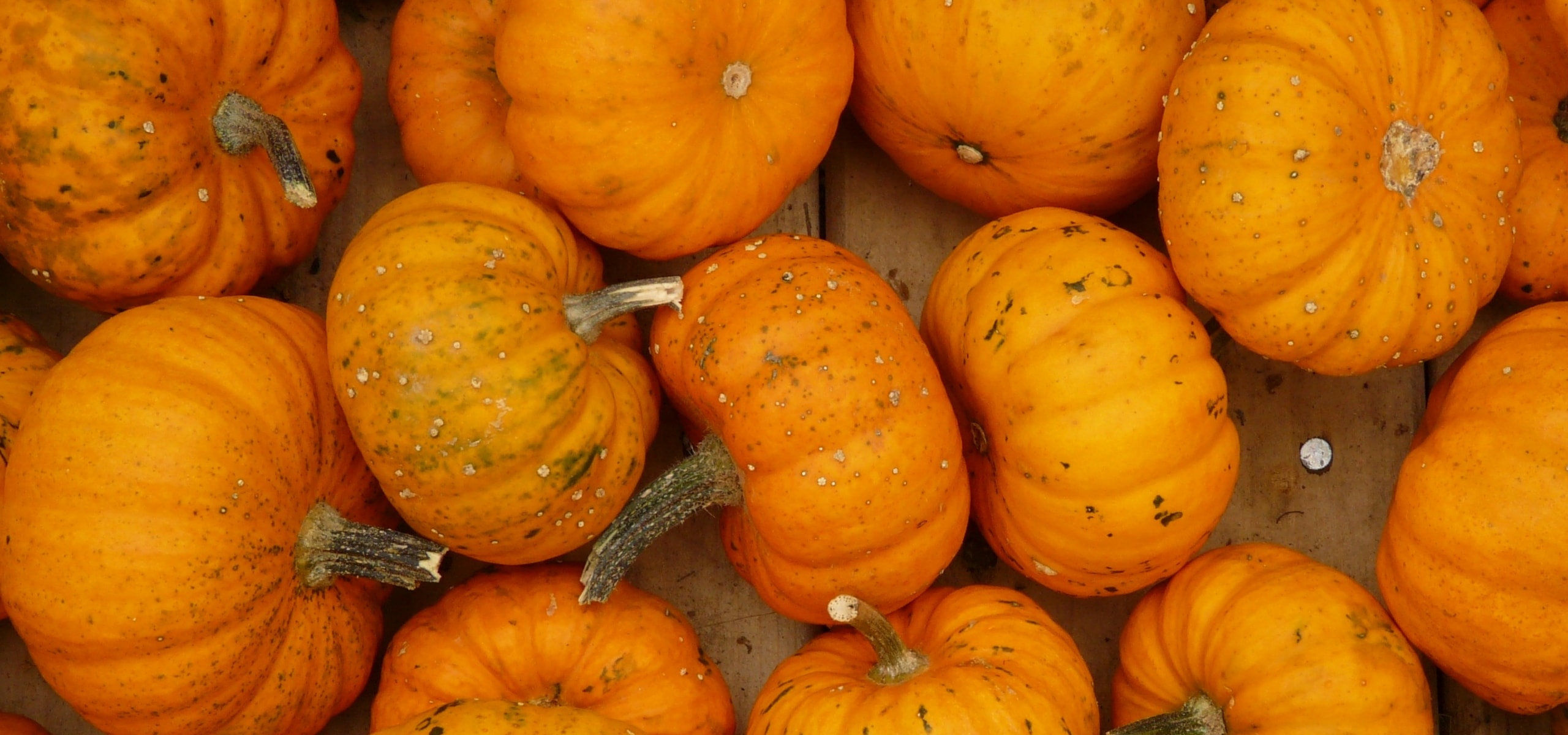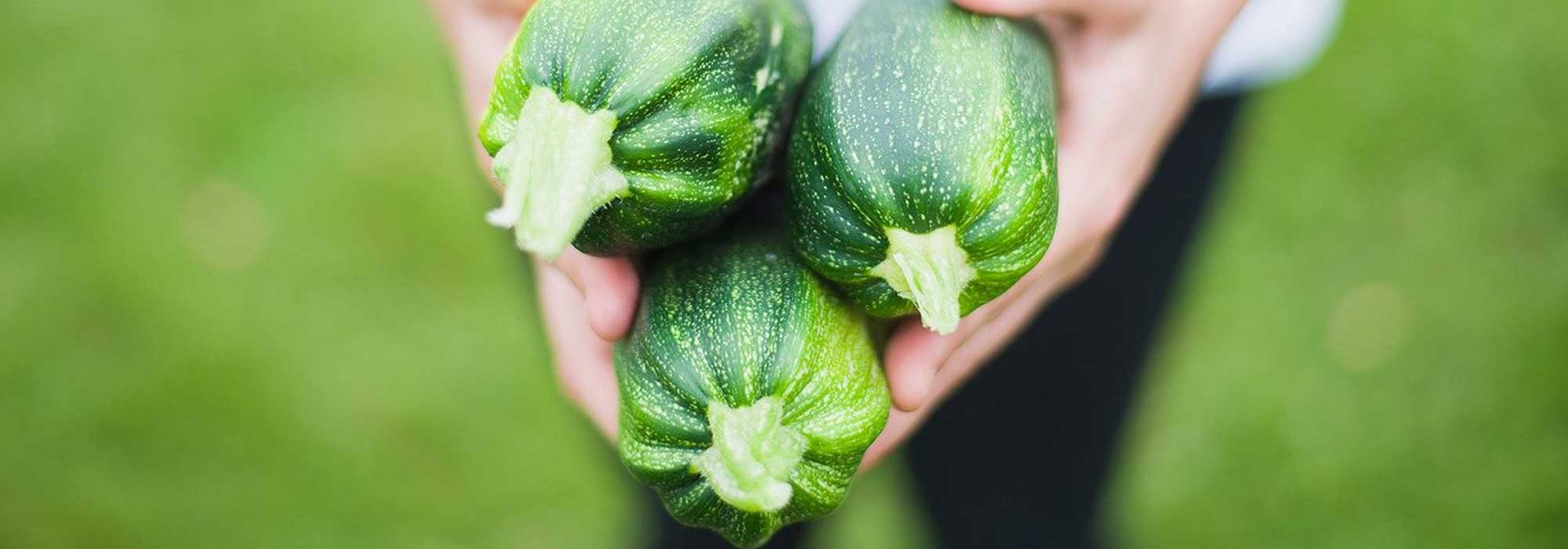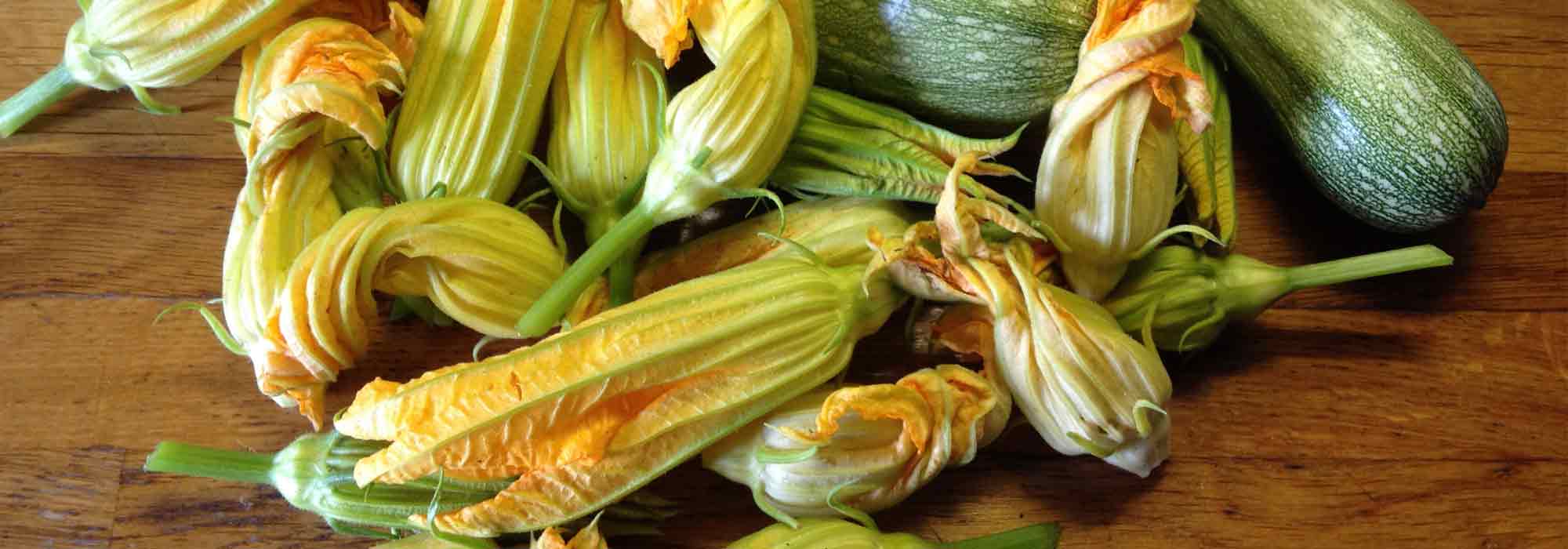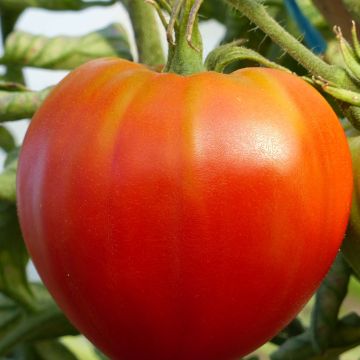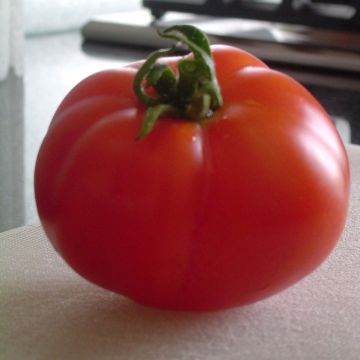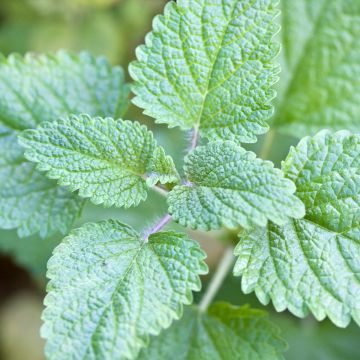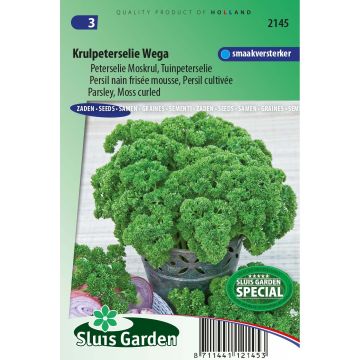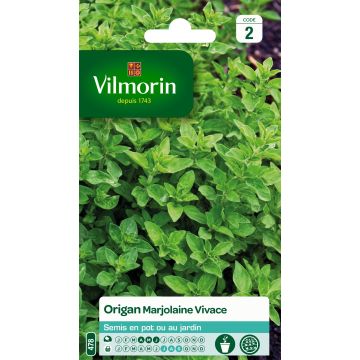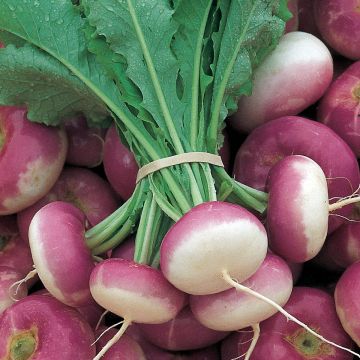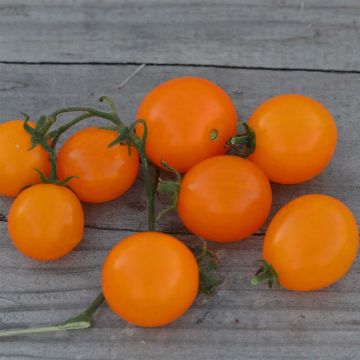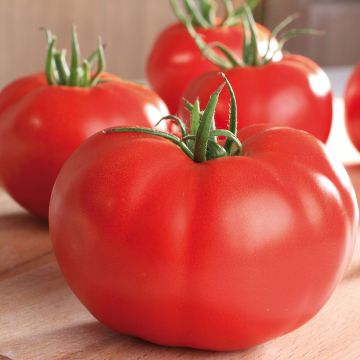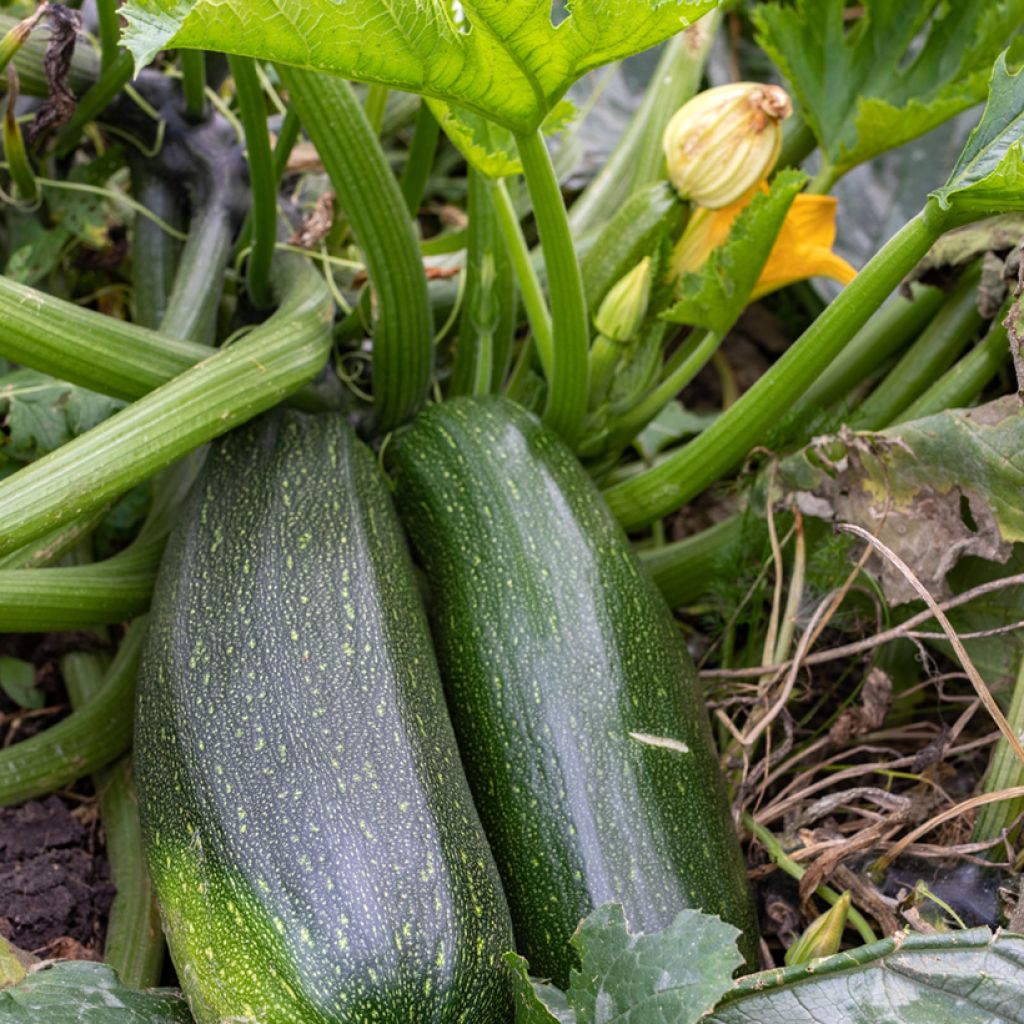

Non-Trailing Zucchini - Cucurbita pepo
Non-Trailing Zucchini - Cucurbita pepo
Cucurbita pepo Verte non coureuse des maraîchers
Zucchini, Summer Squash
not yet consumed
joel D., 07/12/2018
Special offer!
Receive a €20 voucher for any order over €90 (excluding delivery costs, credit notes, and plastic-free options)!
1- Add your favorite plants to your cart.
2- Once you have reached €90, confirm your order (you can even choose the delivery date!).
3- As soon as your order is shipped, you will receive an email containing your voucher code, valid for 3 months (90 days).
Your voucher is unique and can only be used once, for any order with a minimum value of €20, excluding delivery costs.
Can be combined with other current offers, non-divisible and non-refundable.
Home or relay delivery (depending on size and destination)
Schedule delivery date,
and select date in basket
This plant carries a 6 months recovery warranty
More information
We guarantee the quality of our plants for a full growing cycle, and will replace at our expense any plant that fails to recover under normal climatic and planting conditions.
Description
This Green Bush courgette for Market Gardeners is a high-quality variety, as its name suggests. It is very reliable and highly productive with beautiful dark green, oblong fruits speckled with cream.
They can reach up to twenty centimetres when ripe. The flavour is delicate and the flesh is suitable for all uses.
Cougettes and squashes are low in calories but rich in vitamins, especially provitamin A, vitamin B, and minerals.
Orange, green, red, yellow, black, or even blue, smooth, ribbed, warty, with tender skin, etc. squashes and courgettes have an astonishing variety of shapes, colours, and sizes, as they hybridise easily. That's why there are so many varieties.
Winter squash commonly refers to all kinds of pumpkins, potimarrons, butternut squashes, etc. with tough skin and delicately sweet flesh. Summer squashes or courgettes, on the other hand, are varieties that are harvested when the skin is still tender. The latter are consumed with the seeds.
They all originate from America and belong to the large family of cucurbits. They were introduced to Europe in the 16th century.
- There are about ten species of squashes, four of which are the most cultivated in our vegetable gardens. These are Cucurbita pepo, Cucurbita moschata or musky squash, Cucurbita maxima, and finally Cucurbita argyrosperma.
- Cucurbita pepo: these are the most common in vegetable gardens and include some pumpkins, zucchinis, pattypan squashes, etc. They are generally recognised by their rigid and deeply cut leaves and their angular peduncle with at least 5 ribs that do not widen at the point of attachment to the fruit.
- Cucurbita moschata or musky squashes: they have soft leaves. The peduncle is very ribbed and visibly widens at the point of attachment to the fruit. The leaves are heart-shaped.
- Cucurbita maxima: these are mainly pumpkins. Their peduncle is round and becomes slightly spongy. As the name of the species suggests, it mainly includes varieties with large fruits. The leaves have 5 lobes.
- Cucurbita argyrosperma: very rare in our gardens, they have trilobed leaves and a very thick, robust, and non-ribbed peduncle.
They are generally trailing and cling to any support with their tendrils. Female flowers can be distinguished from male flowers by their inferior ovary (under the flower), which resembles a small fruit. In many regions, male flowers are harvested just after pollination to be eaten stuffed or in fritters. There are many ways to eat squashes and courgettes. Sautéed, fried, gratin, soups, or stuffed. Courgettes are prominent in Provençal ratatouille, Italian caponata, Maghrebian couscous, or many Mediterranean dishes.
Harvest: Squashes and courgettes need a lot of water to give their best. Squashes are better when harvested ripe. Courgettes are harvested young and fresh, still immature. All must be handled with care and not damaged.
Storage: Courgettes can be cut into pieces and frozen. Their delicate skin is not suitable for storage as it is. Winter squashes with tough skin can be stored for several months and consumed throughout the winter. Unlike other fruits and vegetables, they need warmth for optimum storage. There is no need to store them in a dark place, so you might as well store them where their shape can be decorative.
Gardener's tip: Place a slate or tile under the fruit. It will then no longer be in direct contact with the ground, thus avoiding rotting due to moisture. They particularly like slightly moist soils, so mulch around the plants, especially during the height of summer. Squashes and courgettes are very susceptible to powdery mildew (a fungal disease that leaves a white fuzz on the surface of the leaves). Be careful not to water the leaves or flowers. Grow your squashes with alliums like chives, onions, or shallots, or with legumes like beans or peas. Growing squash and cucumber together may be detrimental to both parties.
Harvest
Plant habit
Foliage
Botanical data
Cucurbita
pepo
Verte non coureuse des maraîchers
Cucurbitaceae
Zucchini, Summer Squash
Mediterranean
Annual
Planting and care
Seeding description: Sowing squash and courgette seeds is very rewarding as they are quick to germinate and easy to grow. They need well-drained soil rich in organic matter and plenty of sunlight and water for beautiful fruits.
Early cultivation: In March or April, sow your seeds in twos or threes in trays or pots with soil rich in organic matter. Cover lightly and then water to maintain a slight moisture. Germination is quite fast: after about ten days, it is time to thin out by selecting the strongest plants and transplanting them into open ground that you have previously prepared. Each plant requires a lot of space. If possible, space them 1 m (3ft) apart. Dig holes 20 to 25 cm (8 to 10in) in all directions and fill them two-thirds with compost. Position the plant and then put back the soil, firming well.
Seasonal cultivation: once all risk of frost has passed, i.e. the end of April or May depending on the region, sow two to three seeds in holes 2 to 3 cm (1in) deep. Lightly firm, then wait about ten days for the first shoots to appear. When they reach a few cm, thin out by keeping only the strongest plants.
Harvesting can be done from July for courgettes. Squash is harvested in autumn. A simple method to know the best time for harvesting is to look at the stalk, if it is completely dry and the fruit is ready to detach itself, then they are ready.
Seedlings
Care
Intended location
Planting & care advice
-
, onOrder confirmed
Reply from on Promesse de fleurs
Similar products
Haven't found what you were looking for?
Hardiness is the lowest winter temperature a plant can endure without suffering serious damage or even dying. However, hardiness is affected by location (a sheltered area, such as a patio), protection (winter cover) and soil type (hardiness is improved by well-drained soil).

Photo Sharing Terms & Conditions
In order to encourage gardeners to interact and share their experiences, Promesse de fleurs offers various media enabling content to be uploaded onto its Site - in particular via the ‘Photo sharing’ module.
The User agrees to refrain from:
- Posting any content that is illegal, prejudicial, insulting, racist, inciteful to hatred, revisionist, contrary to public decency, that infringes on privacy or on the privacy rights of third parties, in particular the publicity rights of persons and goods, intellectual property rights, or the right to privacy.
- Submitting content on behalf of a third party;
- Impersonate the identity of a third party and/or publish any personal information about a third party;
In general, the User undertakes to refrain from any unethical behaviour.
All Content (in particular text, comments, files, images, photos, videos, creative works, etc.), which may be subject to property or intellectual property rights, image or other private rights, shall remain the property of the User, subject to the limited rights granted by the terms of the licence granted by Promesse de fleurs as stated below. Users are at liberty to publish or not to publish such Content on the Site, notably via the ‘Photo Sharing’ facility, and accept that this Content shall be made public and freely accessible, notably on the Internet.
Users further acknowledge, undertake to have ,and guarantee that they hold all necessary rights and permissions to publish such material on the Site, in particular with regard to the legislation in force pertaining to any privacy, property, intellectual property, image, or contractual rights, or rights of any other nature. By publishing such Content on the Site, Users acknowledge accepting full liability as publishers of the Content within the meaning of the law, and grant Promesse de fleurs, free of charge, an inclusive, worldwide licence for the said Content for the entire duration of its publication, including all reproduction, representation, up/downloading, displaying, performing, transmission, and storage rights.
Users also grant permission for their name to be linked to the Content and accept that this link may not always be made available.
By engaging in posting material, Users consent to their Content becoming automatically accessible on the Internet, in particular on other sites and/or blogs and/or web pages of the Promesse de fleurs site, including in particular social pages and the Promesse de fleurs catalogue.
Users may secure the removal of entrusted content free of charge by issuing a simple request via our contact form.
The flowering period indicated on our website applies to countries and regions located in USDA zone 8 (France, the United Kingdom, Ireland, the Netherlands, etc.)
It will vary according to where you live:
- In zones 9 to 10 (Italy, Spain, Greece, etc.), flowering will occur about 2 to 4 weeks earlier.
- In zones 6 to 7 (Germany, Poland, Slovenia, and lower mountainous regions), flowering will be delayed by 2 to 3 weeks.
- In zone 5 (Central Europe, Scandinavia), blooming will be delayed by 3 to 5 weeks.
In temperate climates, pruning of spring-flowering shrubs (forsythia, spireas, etc.) should be done just after flowering.
Pruning of summer-flowering shrubs (Indian Lilac, Perovskia, etc.) can be done in winter or spring.
In cold regions as well as with frost-sensitive plants, avoid pruning too early when severe frosts may still occur.
The planting period indicated on our website applies to countries and regions located in USDA zone 8 (France, United Kingdom, Ireland, Netherlands).
It will vary according to where you live:
- In Mediterranean zones (Marseille, Madrid, Milan, etc.), autumn and winter are the best planting periods.
- In continental zones (Strasbourg, Munich, Vienna, etc.), delay planting by 2 to 3 weeks in spring and bring it forward by 2 to 4 weeks in autumn.
- In mountainous regions (the Alps, Pyrenees, Carpathians, etc.), it is best to plant in late spring (May-June) or late summer (August-September).
The harvesting period indicated on our website applies to countries and regions in USDA zone 8 (France, England, Ireland, the Netherlands).
In colder areas (Scandinavia, Poland, Austria...) fruit and vegetable harvests are likely to be delayed by 3-4 weeks.
In warmer areas (Italy, Spain, Greece, etc.), harvesting will probably take place earlier, depending on weather conditions.
The sowing periods indicated on our website apply to countries and regions within USDA Zone 8 (France, UK, Ireland, Netherlands).
In colder areas (Scandinavia, Poland, Austria...), delay any outdoor sowing by 3-4 weeks, or sow under glass.
In warmer climes (Italy, Spain, Greece, etc.), bring outdoor sowing forward by a few weeks.



































